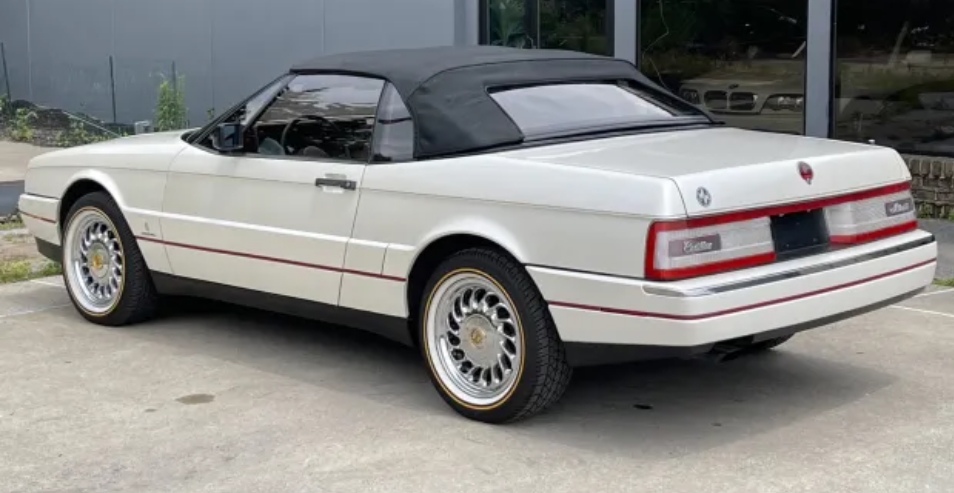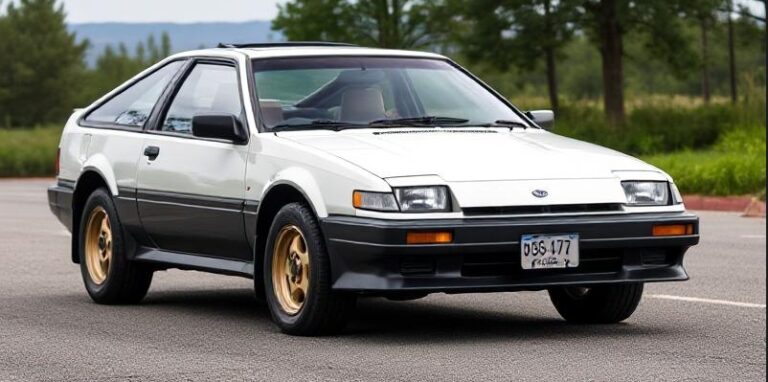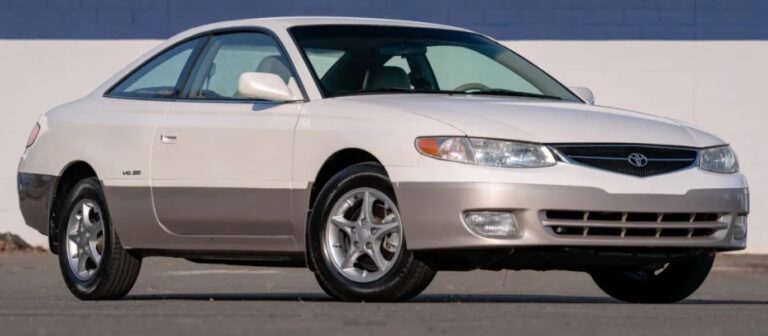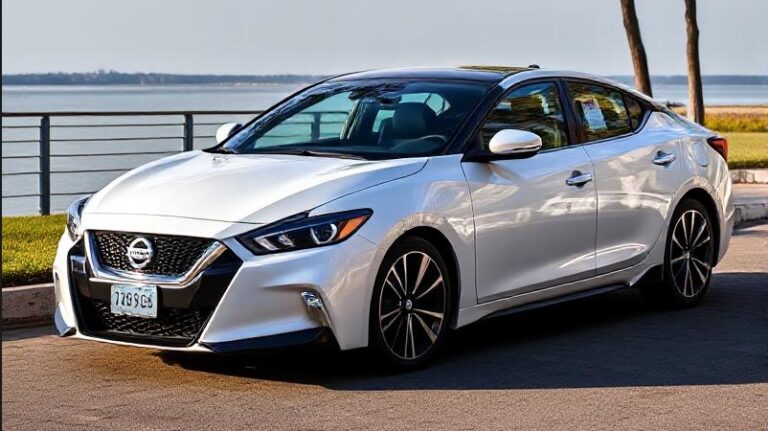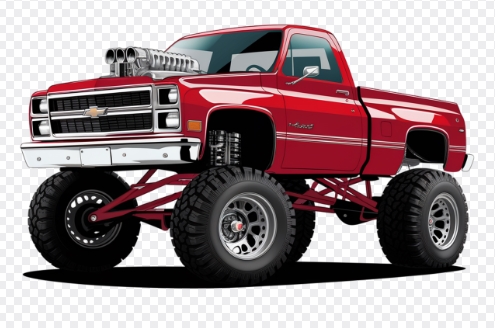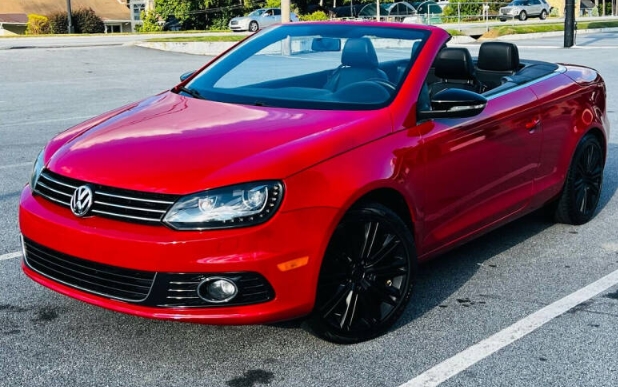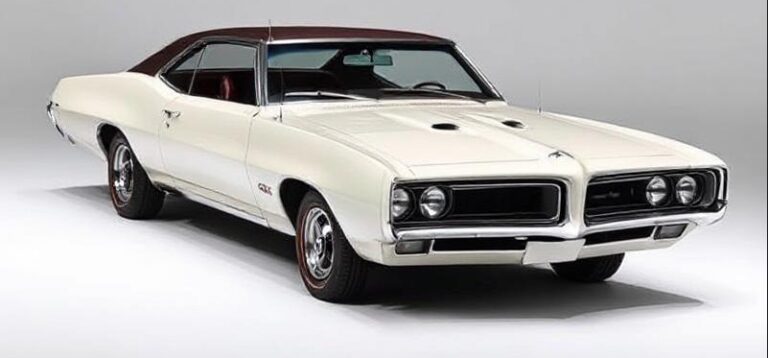The Evolution of the Cadillac Allante
The Cadillac Allante stands as a distinctive chapter in American automotive history—a luxury roadster that combined European styling with American engineering. Its journey from inception to discontinuation reflects shifts in market trends, technological advancements, and Cadillac’s strategic ambitions. This article traces the evolution of the Cadillac Allante, detailing its production timeline, model variations, and trim levels through the years.
Origins and Development (1986–1989)
The Cadillac Allante was conceived as a flagship convertible intended to compete with European luxury roadsters such as the Mercedes-Benz SL-Class and BMW Z8. Its development was a joint effort between Cadillac and Italian design firm Pininfarina, renowned for designing elegant Italian sports cars and convertibles.
Introduction and Production Launch (1986):
The Allante was officially introduced in 1986 as a 1987 model year vehicle. It was built at the Pininfarina factory in Italy, a rarity for American manufacturers, emphasizing its European styling and craftsmanship. Cadillac aimed to combine luxury, performance, and style in a segment that was lucrative yet challenging for domestic brands.
Design and Features:
The Allante featured a sleek, European-inspired design with smooth lines, pop-up headlights, and a removable hardtop. The body was constructed of composite panels to reduce weight and enhance durability. It was powered by a 4.1-liter L37 V8 engine producing 180 horsepower, paired with a 4-speed automatic transmission.
Trim Levels:
Initially, the 1987 Allante was offered with a single trim level, emphasizing luxury and style, and was equipped with features such as leather upholstery, cruise control, and a premium sound system.
First Generation (1987–1993)
The first generation of the Cadillac Allante spanned production from 1987 through 1993, with minor updates and improvements over its lifespan.
1987–1989 Models:
The initial models (1987-1989) maintained a consistent offering, emphasizing luxury and European styling. Standard features included leather seats, power accessories, climate control, and a premium audio system. The 4.1L V8 remained the sole engine option.
1990 Model Year – Introduction of the “Touring” Package:
The 1990 model year marked some enhancements, including the introduction of the Allante Touring Package. This package added features such as a sportier suspension, upgraded wheels, and unique trim accents.
1991 Model Year – Refinements:
In 1991, Cadillac introduced minor cosmetic updates, including new wheel designs and revised grille treatments. The engine was upgraded to a 4.5-liter V8 (L05), producing 200 horsepower, offering increased performance.
1992–1993 Models – Final Years of the First Generation:
The 1992 model year saw further refinement with a new digital instrument cluster and upgraded interior materials. The 1993 Allante featured the last of the first-generation models, with a few additional standard features.
Trim Levels and Features:
Throughout the first generation, the Allante was relatively straightforward, with the primary distinction being the Touring Package. No significant trim level differentiation occurred beyond optional packages and dealer-installed accessories.
Transition to Second Generation (1993–1995)
While the first-generation Allante concluded in 1993, Cadillac continued to develop the model, leading to a significant redesign and the introduction of the second generation.
End of First Generation and Market Challenges:
By the early 1990s, the Allante faced stiff competition and limited sales, prompting Cadillac to redesign the model thoroughly.
Second Generation (1993–1995)
Introduction and Design Philosophy:
The second-generation Allante was unveiled in 1993 as a 1994 model, signaling a modern, more refined approach. It was built in the United States at GM’s Lansing Grand River Assembly plant, marking a departure from the Italian-built first generation.
Design and Features:
This new model adopted a more contemporary and aerodynamic design, with a focus on comfort and technological innovation. It featured a power-operated fabric soft-top, a more spacious interior, and advanced features such as electronic climate control and upgraded audio systems.
Engine Options:
The 1994 and 1995 models were powered by a 4.6-liter Northstar V8 engine, producing 275 horsepower—significantly more than earlier versions—aimed at boosting performance and competitiveness.
Trim Levels and Packages:
Unlike the first generation, the second-generation Allante offered more distinct trim and package options:
- Base Model:
Equipped with luxury features such as leather seats, premium sound, and alloy wheels. - Touring Package:
An optional package that included sport-tuned suspension, unique wheels, and exterior trim accents. It was aimed at buyers seeking a more dynamic driving experience. - Collector’s Edition (1994):
Cadillac introduced a limited “Collector’s Edition” to commemorate the model’s 25th anniversary. It featured exclusive badging, special interior trim, and unique exterior paint options.
Discontinuation and Market Factors:
Despite technological advancements, the Allante struggled with sales, partly due to its high price point and limited brand recognition in the roadster segment. Production ceased after the 1995 model year, marking the end of the model’s lifecycle.
.
RepairSurge Online Repair Manuals Replace Bulky Books With Reliable Digital Information!
Faster And Cheaper Than Traditional Printed Manuals, Users Get Instant Access To The Repair Information They Need For Any Car, Truck, Van or SUV.
.
Summary of Models and Trim Levels
| Year(s) | Generation | Model Variants / Trim Levels | Notable Features / Notes |
|---|---|---|---|
| 1987–1989 | First | Base Allante | European styling, 4.1L V8, luxury features |
| 1990–1991 | First | Allante with Touring Package | Sport suspension, upgraded wheels |
| 1992–1993 | First | Post-refinement models | Digital dash, interior upgrades |
| 1994–1995 | Second | Base Allante | Northstar 4.6L V8, modern styling |
| 1994 | Second | Collector’s Edition | Special badging, exclusive trims |
Technological and Design Evolution
Body and Construction:
The first-generation Allante’s composite panels and Italian craftsmanship emphasized luxury and style. The second-generation shifted to a more conventional steel body with a fabric soft-top, aligning with market trends and manufacturing efficiencies.
Powertrain:
The evolution from a 4.1L to a 4.5L, then to a 4.6L Northstar V8, illustrates Cadillac’s push for higher performance and technological sophistication.
Interior and Features:
Interior designs evolved from relatively simple luxury appointments to more advanced, driver-focused cabins with electronic climate controls, premium sound systems, and higher-quality materials.
Cultural Impact and Legacy
Although the Cadillac Allante was not a commercial blockbuster, it remains a notable model for its European styling, innovative features for its time, and the unique collaboration with Pininfarina. It represented Cadillac’s attempt to appeal to a niche market seeking luxury, performance, and European flair in a convertible.
End of Production and Market Exit:
Cadillac discontinued the Allante after 1995, primarily due to sluggish sales and the high cost of production. Its legacy endures among classic car enthusiasts and collectors who appreciate its craftsmanship and distinctive styling.
Conclusion
The Cadillac Allante’s evolution from 1987 through 1995 showcases a journey of stylistic and technological transformation. From its Italian-designed, luxury-focused first generation to its more modern, performance-oriented second generation, the Allante aimed to carve out a niche in the luxury roadster segment. Despite its relatively short production run, the Allante remains an important chapter in Cadillac’s history, exemplifying innovation, collaboration, and a pursuit of European elegance in American automotive design.
